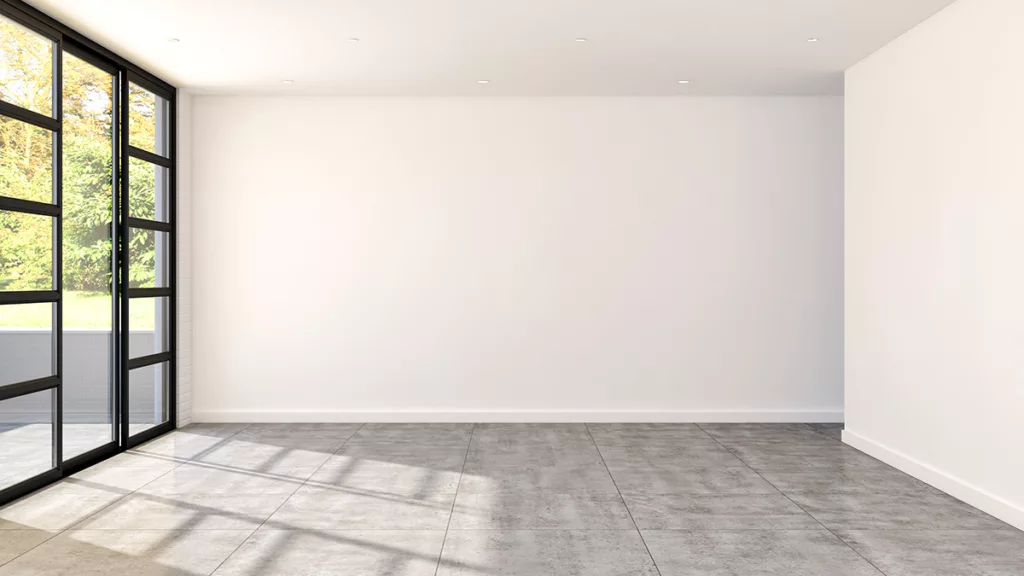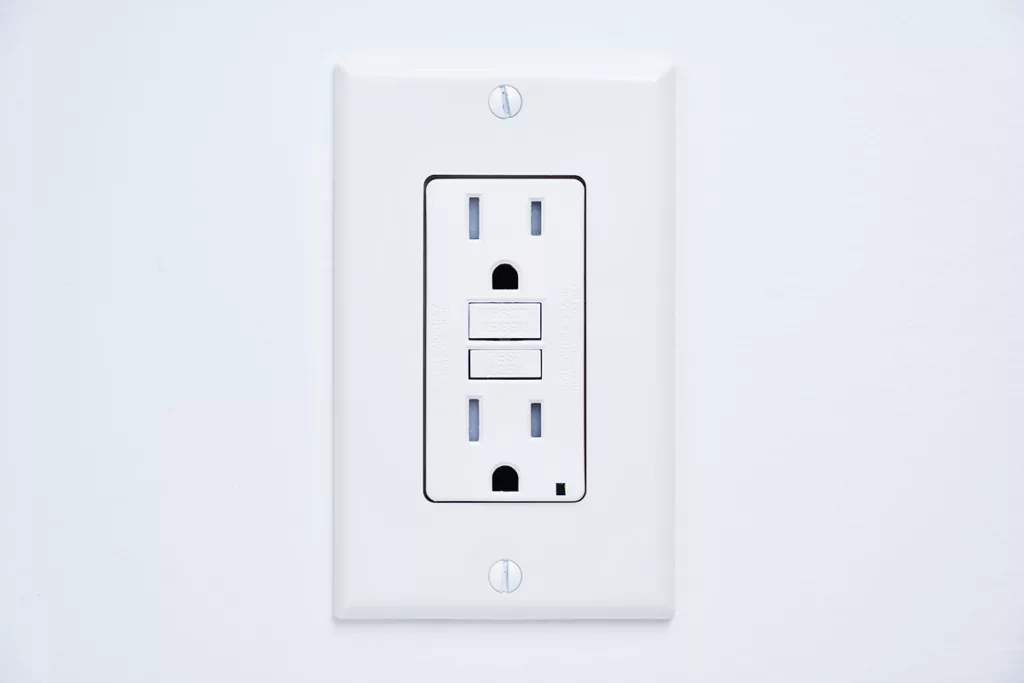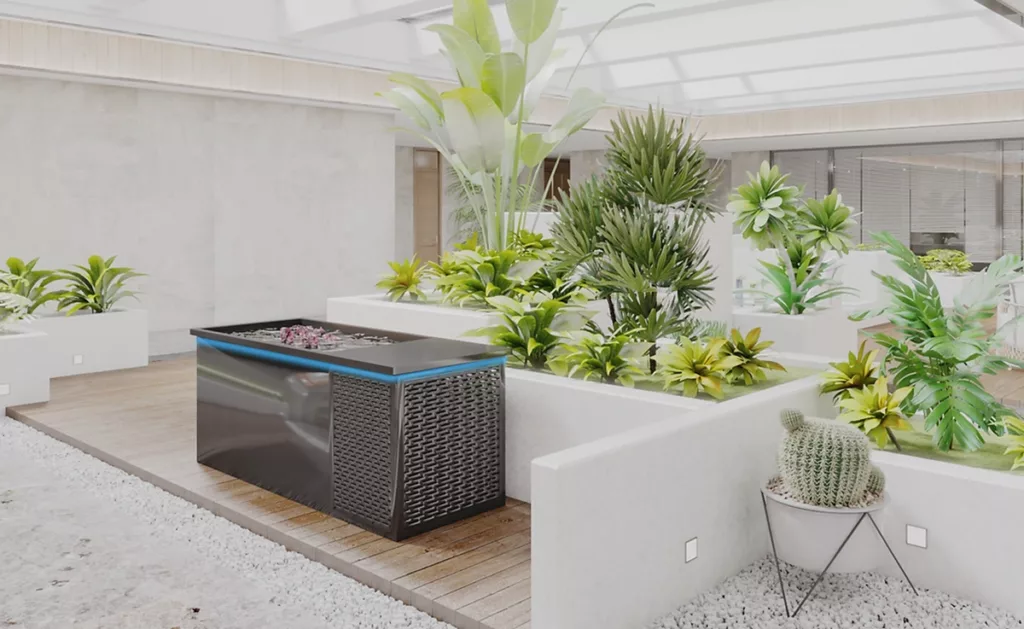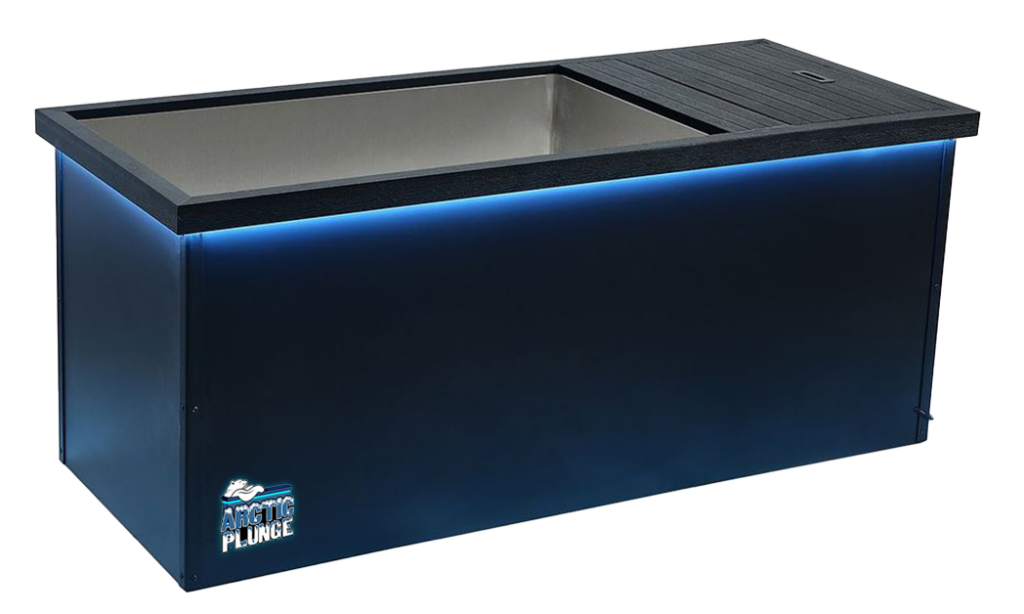4 Considerations for Indoor Cold Plunge Tubs
Cold plunges are making a splash in the wellness world, and they aren’t a luxury reserved for athletes and celebrities alone. It’s easier than ever to enjoy the benefits of ice baths in your own home with a cold plunge tub. This blog explores essential considerations for installing an indoor cold plunge tub and offers practical tips for doing so.
1. Size Requirements
When installing a cold plunge tub inside, it’s important to consider the tub’s size requirements to help you determine the best place to put it. You should also factor in any additional space that may be needed around the tub for safe use, and routine cleaning and maintenance.
Arctic Plunge Tub Specifications
You’ll also want to ensure that the tub can be safely delivered to its intended location. Consider measuring doorways, staircases, and any other passages to double-check that a cold plunge tub can fit through.
2. Water Access and Drainage
Your cold plunge tub will need close access to clean water for filling, and an adequate drainage system to remove the water after use or for regular cleaning. Installing your tub near an indoor water source like a faucet will make this easier in the long run. Additionally, there should also be a drainage system built into your floor to manage any water that spills over.
3. Flooring

The flooring beneath your tub can significantly impact the safety and functionality of your cold plunging routine. The indoor space where your cold plunge tub is installed should have flooring that can withstand getting wet and supports the weight of the tub when it’s in use. Ceramic tile and sealed concrete are popular choices due to their weatherproof qualities and durability.
The following flooring materials may not be suitable for an indoor cold plunge tub:
- Carpet: Absorbs water, potentially leading to mold, mildew, or structural damage.
- Hardwood: Can warp, swell, and face water damage over time if it isn’t properly sealed.
- Linoleum: May buckle or curl when exposed to consistent moisture or standing water.
- Non-sealed stone: Can absorb water and become slippery or harbor mold.
Carefully considering the flooring your tub will be placed upon can not only increase safety but also ensure that your floors won’t get water-damaged over time.
4. Electrical Requirements

Before installing a cold plunge tub, it’s important to ensure that you will have access to reliable electricity in the space your tub will be installed. For safety purposes, it’s also important to plug your tub into a Ground Fault Circuit Interrupter (GFCI) to prevent the risk of electrical shock.
GFCI outlets should be conveniently located and protected with covers.
Shop Arctic Plunge Cold Plunge Tubs
Installing a cold plunge tub inside your home requires careful consideration of space, plumbing, flooring, and electrical safety. These considerations can help ensure that your tub is safe and effective, so you can enjoy your plunges with peace of mind.
If you’re ready to take the plunge, Creative Energy is here for all your cold plunge needs. From purchase to installation, our dedicated team is happy to assist you every step of the way. Start your cold-water therapy journey by filling out the form below, or visit any of our showrooms at Concord, San Rafael, and San Mateo.
Ready to Take the Plunge?
Fill Out the Form Below!
"*" indicates required fields


